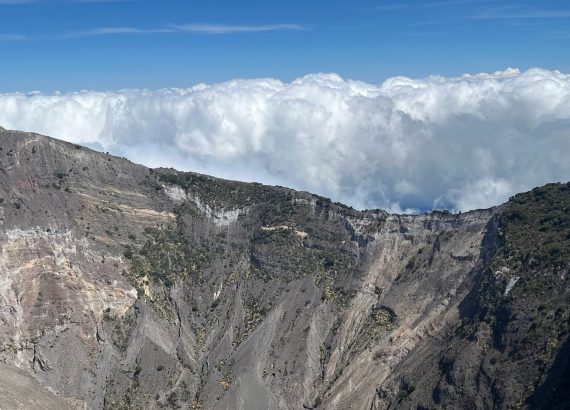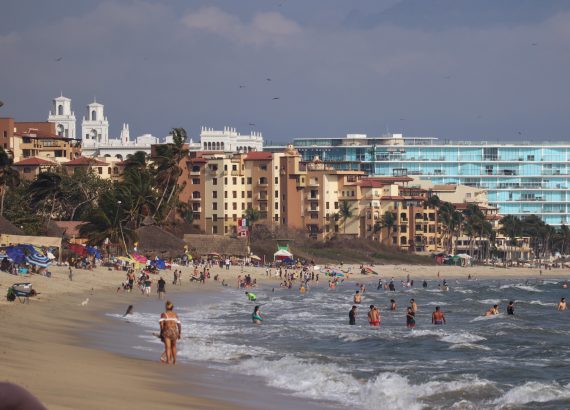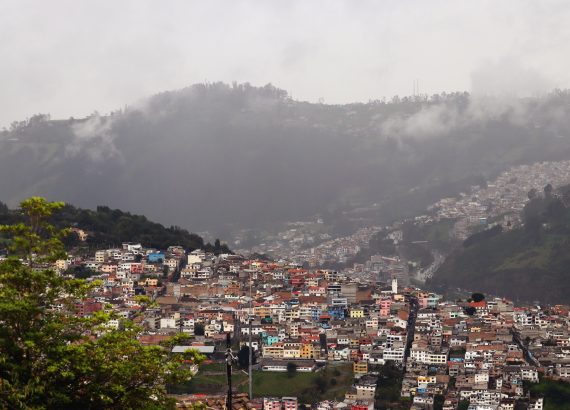This is a six-part story series on the magic of Merida, Mexico rated as one of the best cities to travel to in 2022. (In Oct 2023 I have returned to Merida as part of a 6 month journey through Mexico. I have slightly updated this story and reposted to include new photos.)
In Merida, there are tours to reach many of the Yucatán cenotes within an hour’s drive. I had planned to go to at least two cenotes, although I only managed to get to one. My friend highly recommended the Hacienda Mucuyche Cenote, which did not disappoint. Mucuyche is one of the most developed cenotes for tourism, having everything from a gift shop to a restaurant, a bar, a swimming pool with lockers and many other amenities. Frankly, none of that matters once you climb down and you come face to face with the mystery, magic and beauty of this natural pit or sinkhole formed from the collapse of limestone bedrocks. Once you are in the water, you are dazzled, even spellbound, by the colors and the sparkles of the cave and the water. Doing this one time is just not enough.
Getting There …
I rented a car for two days to allow the flexibility to move freely. When heading to the Mucuyche Cenote, I managed to get lost since GPS service in Yucatán is spotty. I made a right instead of a left turn and ended up driving through a poor rural neighborhood, mostly small box homes made of cement in terrible shape. As I drove through this community, I saw no schools, parks, grocery stores, just poverty at its worse. I stopped twice to ask for directions until someone could get me on the right road. As you drive away, it’s hard not to wonder what will become of these families, especially their children. When driving in remote areas, I’ve been advised to download the map from google so that you are not solely dependent on GPS. I had inadvertently downloaded the wrong google map for two other cenotes and not for Mucuyche. Careful needs to be my middle name.


















































No Comments